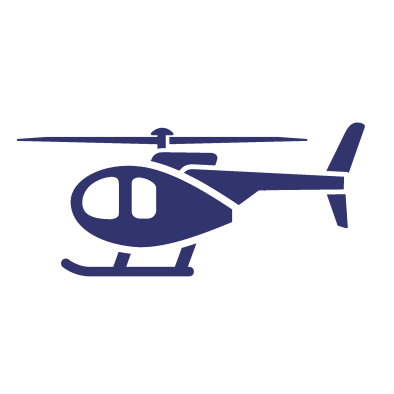A Short Guide To Aircraft Insurance
Getting the right aircraft insurance is important, not only to ensure you are fully covered, but also to make sure you are not paying for cover you do not need. This guide aims to help you understand not just the types of aircraft insurance available, and their associated limits, but also what you can do to help reduce the cost of your cover.
What types of cover are available?
There are two types of cover which will normally be at the core of an aircraft insurance policy:
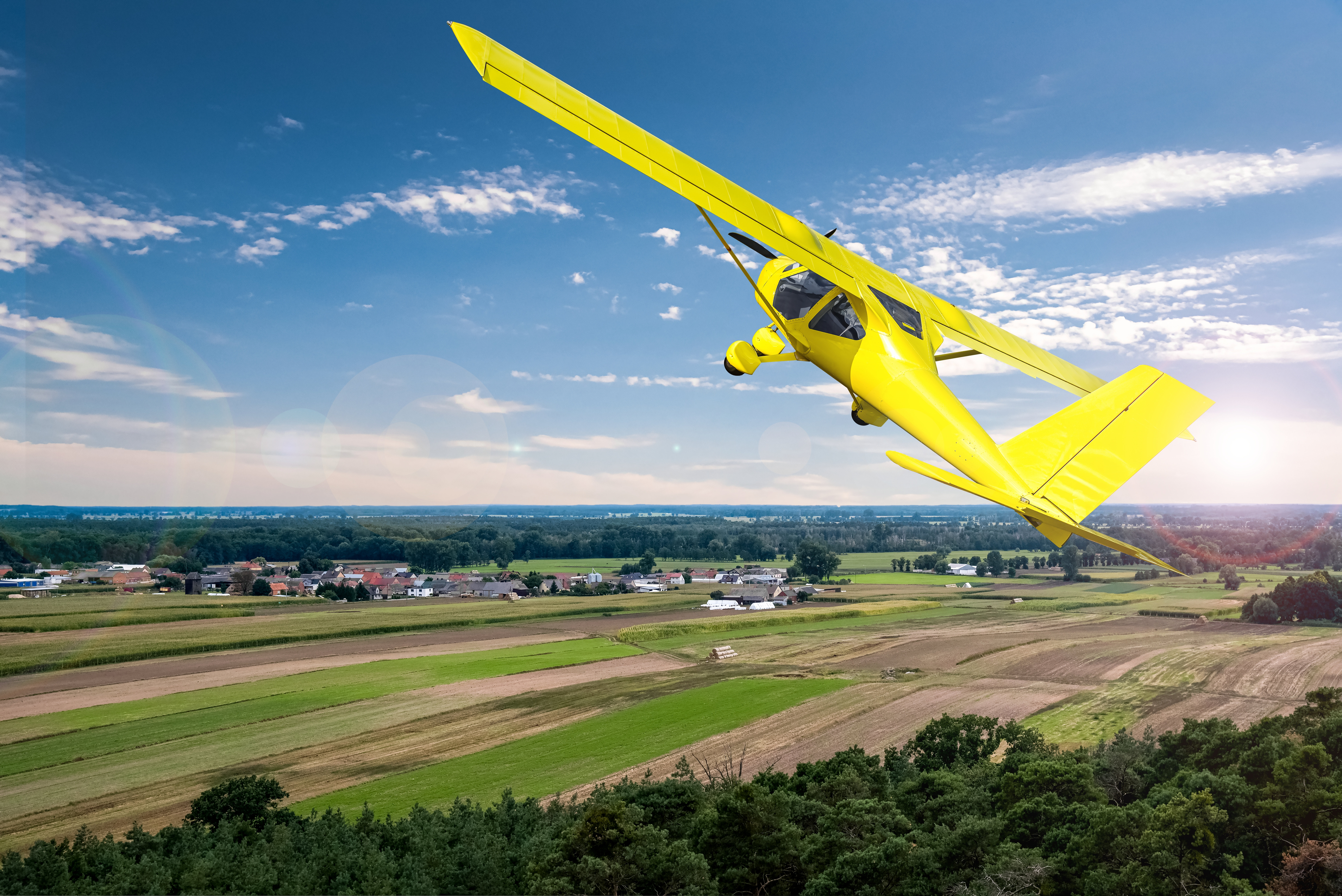
- Aircraft Loss or Damage: This can provide cover for the cost of loss or damage to your aircraft arising from a range of causes such as accident, theft, fire, and storm. Note malicious damage such as vandalism may not be covered as standard, as this may only be available under the ‘War & Allied Perils option (see below). You can usually choose the level of cover you want, which should reflect the full cost of you replacing your aeroplane with an equivalent aircraft.
- Liability: Aircraft owners and operators must legally have in place insurance against their potential liabilities for loss, damage or injury to third parties and passengers which might arise from the operation of their aircraft. There is a legal minimum level of cover which varies by aircraft weight, use and seats, although owners may opt for a higher value should they wish.
In addition to the above, there are a range of other covers related to aircraft insurance, further details of which can be found by clicking the links below:
- Betterment
- War and Allied Perils (e.g. Vandalism)
- Road Transportation
- Courtesy Aircraft
- Crown Indemnity
- Passenger Voluntary Settlement
- Airside Vehicle Liability
- Spare Parts and Equipment
- Flying Clothing and Effects
- Trip Interruption
- Personal Accident cover
- Finance / Lease Contract
- No Claims Discount Protection
Many insurance providers bundle up the different types of aircraft insurance into a single package, but this can result in owners paying for cover they may not want or need. An alternative therefore is to look for a provider which lets you choose the cover you want, as well as letting you vary your cover as your needs change over the year.
What are common exclusions or restrictions on aircraft insurance?
The specific exclusions on your aircraft insurance will vary according to what types of cover you have selected. However, most policies will have a set of general exclusions such as for:
- Use of the aircraft for an illegal or non-permitted purpose.
- Use of the aircraft outside the geographical limits of the policy.
- Use of the aircraft by a pilot who is not covered by the policy to do so.
- Use of the aircraft recklessly or in an unsafe manner.
- Wear, tear, breakdown, or similar deterioration of the aircraft.
- A failure to ensure the aircraft is properly manned or maintained.
Similarly, for the aircraft insurance to operate the insurer will require you to:
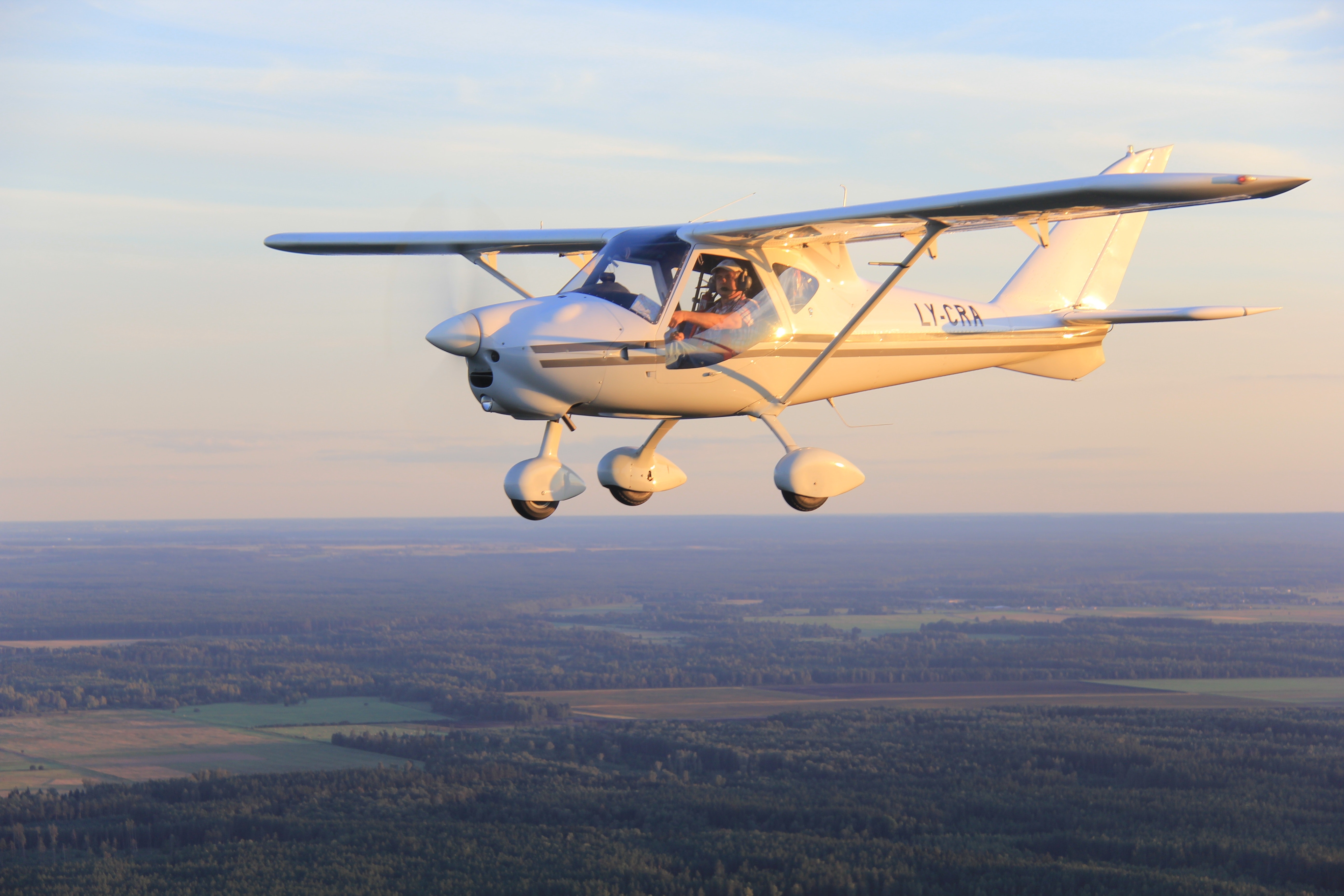
- Take reasonable steps to look after the aircraft.
- Ensure anyone using the aircraft complies with all laws and regulations relating to its safe use.
- Make the insurer aware as soon as reasonably possible of any potential loss or claim.
- Not make any admission of fault following a potential loss.
- Take reasonable steps to ensure information you provide to them is accurate and current.
- Always be honest in your dealings with them.
As such exclusions and requirements can vary between insurers, make sure you check the policy terms when arranging cover.
Where do I need my aircraft insurance to operate?
Geographical limits will apply to your aircraft insurance policy in terms of where your aircraft is insured to fly. You will generally be offered a range of ‘geographical area’ options, with the wider the area, the higher the premium. If cover is required to fly outside of European airspace, such requests may be subject to individual review and acceptance by the insurer.
What can I use my aircraft for?
Aircraft insurance often restricts the permitted use of the aircraft to ‘private and pleasure’ purposes only, and even this may exclude certain uses such as for racing, aerobatics, display, student training or any commercial purpose. It is however normally possible to add cover for specific use options, usually at an additional cost. It is important to make sure that your aircraft insurance policy fully reflects what you will be using the aircraft for, on the one hand to ensure that you a properly covered, while on the other to avoid paying for cover you do not want.
Who will pilot your aircraft?
There are two main ways in which you can arrange for pilots to be covered under your Aircraft Insurance policy:
1) Named Pilots: This allows you to specify the details (names, licence, experience, insurance history etc) of pilots to be covered. Adding less experienced pilots will tend to raise your premium, while discounts apply if the number of named pilots is kept down. This option is often best if you wish to restrict flying to a small number of known individuals.
2) Open Pilots: If there are many pilots who fly the aircraft, or if you do not know who they will be, the ‘Open Pilot’ option is available. This allows you to specify criteria (e.g. max age, minimum hours, licence type etc) that you would require a pilot to meet before you would allow them to fly. Specifying stricter criteria (e.g. requiring more hours) will help reduce the premium, although the Open Pilot option will generally cost more than restricting cover to named pilots only.
Note it is possible to have an aircraft insurance policy which uses both options (e.g. having open pilot to cover most of the pilots but with those which do not meet the open criteria being added on a named basis).
Special provision is also made in the policy for other pilots who may be required to fly the aircraft (e.g. instructors providing instruction etc). Full details are available in the policy booklet.
How can I keep my premium down?
The cost of your aircraft insurance will be determined by a wide variety of factors, not least of which being who you buy your cover off and how much flexibility they offer, both in terms of cover options and the discounts they give when calculating the premium. Amongst the actions which you can take to keep your premium down are:
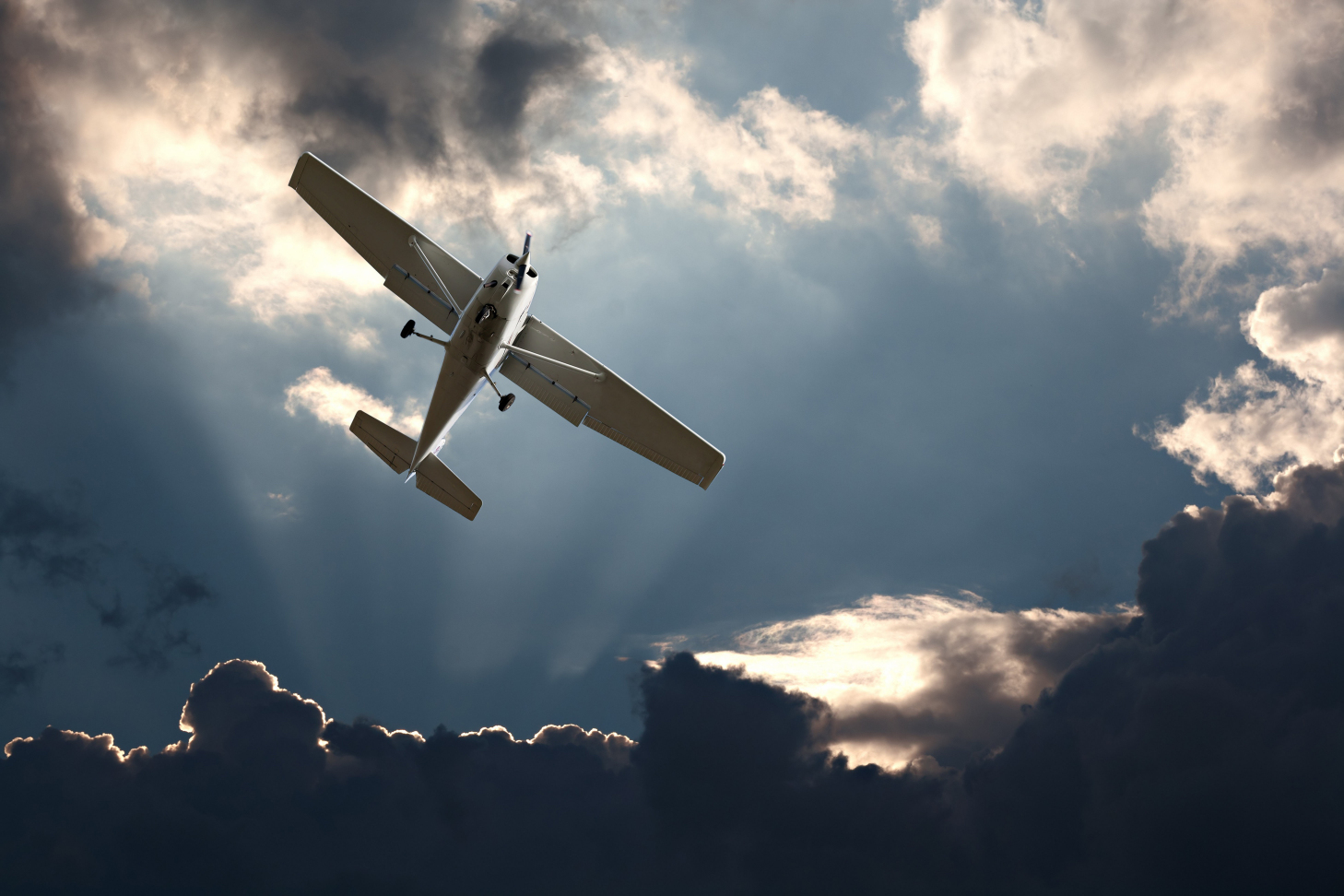
- Make sure details of flying hours for all pilots are updated at least once per year.
- Restrict those who you wish to fly the aircraft to experienced pilots only.
- Restricting cover to ‘Named Pilots’ only will generally be cheaper than using the ‘Open Pilot’ option.
- Consider arranging a higher excess on the ‘aircraft loss and damage’ section of your policy.
- If your aircraft insurance provider offers flexibility in terms of the different covers available, only select those that you need.
- Unless you know you will be using your aircraft for purposes other than private and pleasure use (e.g. ab initio instruction), you may not need to include cover for such other uses from the start of your policy. You can always add it later when you are sure you need it.
- Similarly, only select the geographical area where you know you will be using the aircraft. If you need to use it elsewhere during the year you can always extend the cover later.
- If your circumstances change, such as you no longer need a cover option, or you no longer need cover for an inexperienced pilot, consider updating your policy immediately rather than waiting until your next renewal.
- Watch out for ‘hidden’ charges such as administration fees to increase your cover.
Spending a little more time thinking about the cover you want and giving your insurance provider a little more information about you and your aircraft, may well result in you cutting the cost of your aircraft insurance.
How can we help you to keep the cost of your aircraft insurance down?
There are many ways in which Visicover can help you to keep the cost of your aircraft insurance down:
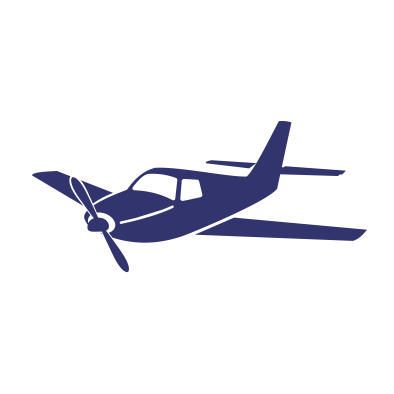
- Rather than bundle different types of aircraft insurance into a single package, resulting in you possibly paying for cover you may not need, we let you choose the cover you want.
- We offer a wide range of discounts, such as rewarding experienced pilots or those who opt for a higher excess.
- You can spread the payment of your premium over nine months at no extra cost.
- We know that owner’s requirements can change over time, which is why we enable them to update their cover online whenever they want, usually with no administration fee.
